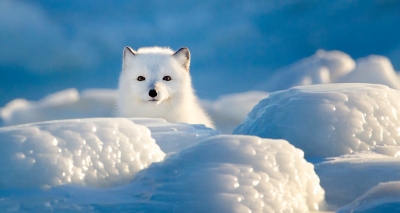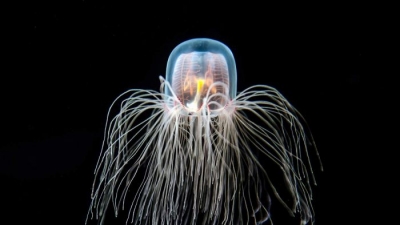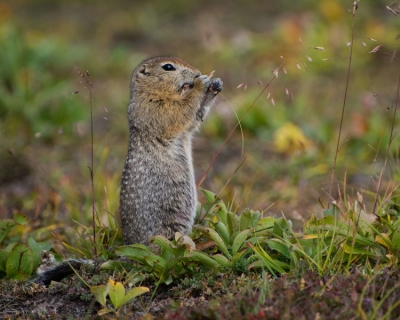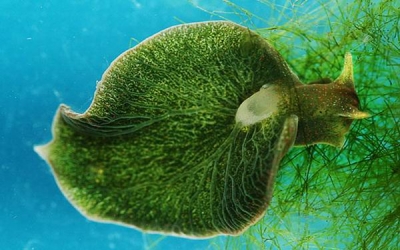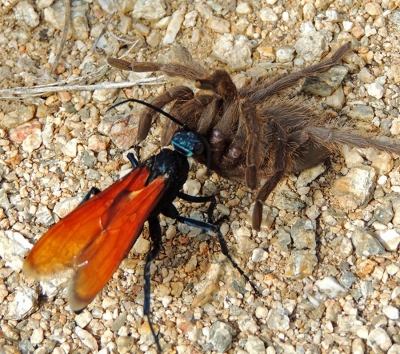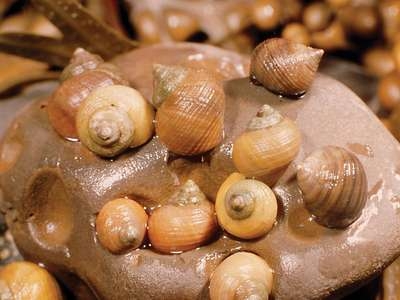Why is it called Sun Bear?

Wandering through a dense forest in southern China, a sun bear comes across a log. He gives it a sniff and then opens his mouth. A nearly ten-inch-long tongue rolls out! Maneuvering the massive tongue under the log, the bear slurps up the tasty insects that crawl beneath until his belly is full.
Sun bears are named for the golden patches of fur on their chests, which some people say resemble a rising sun. While their tongues may be extra-big, sun bears are actually the smallest bear species. Males grow about 5 feet long and weigh up to 150 pounds—that’s about half the size of an adult American black bear.
These animals live in wooded areas of Southeast Asia. Strong and agile, sun bears are good at climbing trees. They spend a lot of time in tree canopies and even build "beds" of twigs and leaves on the branches to sleep in.
Sun bears chow down insects, leaves, lizards, and berries. But the sun bear’s favorite snack is honey. To get the treat, they rip open beehives with their sharp claws. Then the bears use their superlong tongues to extract the honey inside, often gobbling up bees with the sticky sweet. Luckily they don’t seem bothered by bee stings. That’s nothing to stick your tongue out at.
Credit : National Geographic
Picture Credit : Google

